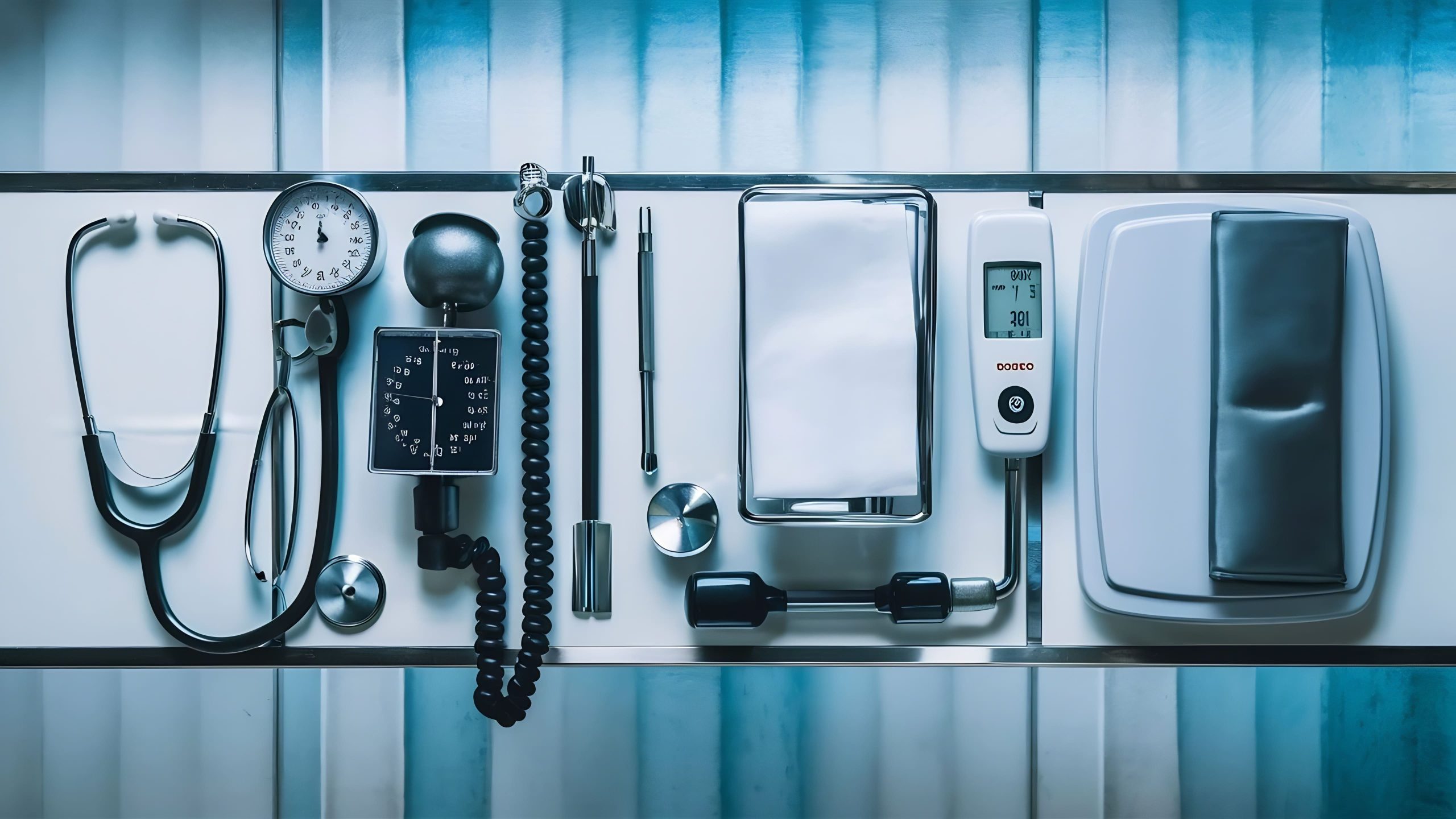The Singapore has emerged as Southeast Asia’s premier medical devices hub, leveraging its advanced infrastructure, regulatory excellence, and export capabilities. As of 2024, over 60% of medical devices manufactured in Singapore were exported globally. The country also ranks among the top 10 globally for regulatory efficiency, with its Health Sciences Authority (HSA) becoming the first in ASEAN to achieve the WHO’s ML4 maturity level for medical product regulation. Furthermore, more than 30 global medtech companies have set up manufacturing or R&D operations in Singapore.
What’s Driving the Medical Devices Market in Singapore?
- The rising elderly population with chronic illnesses triggers demand for patient-centric devices. As of 2024, approximately 35% of Singaporeans aged above 60 were living with chronic conditions such as hypertension, diabetes, and heart disease. Thus, creating strong demand for monitoring devices and therapeutic equipment. Moreover, government health spending on chronic disease management has risen by 12% YoY, leading to increased procurement of advanced diagnostic and remote patient monitoring devices.
- Rapidly growing manufacturing ecosystem and export orientation attracts both global and local innovators. In 2024, Singapore’s medtech manufacturing output hit S$19.4 billion, with over 35 manufacturing plants run by global leaders. This ecosystem is supported by a vast supply chain of 2,700+ precision engineering and EMS firms, fueling both domestic growth and more than 60% export volume.
- The connected medical devices segment has gained momentum, with hardware shipments and software subscriptions reached S$500 million in 2024. National scale initiatives from the National Electronic Health Record to telehealth have integrated digital devices in 280+ institutions, making remote monitoring a standard of care.
Competitive Landscape
The Singapore medical devices market is moderately concentrated. The market is characterised by intense competition between established global medtech leaders, innovation-driven local players, and a growing number of startups. The key players include Esco Lifesciences, Medtronic, and Olympus. Esco Lifesciences is one of Asia’s leading developers of laboratory and medical devices, particularly in reproductive health and IVF technologies. In 2025, the company acquired a majority stake in Allwin Medical Devices which is a U.S.-based consumables company with distribution in over 90 countries, marking a key move to strengthen its global IVF product ecosystem. Medtronic focuses on minimally invasive surgery, diabetes management, and cardiac devices. The company launched its next-generation insulin pump in 2024. Meanwhile in 2024, Olympus expanded its Olympus Medical Training Centre Asia Pacific in Singapore, strengthening technical training for clinicians across 10+ regional markets.
Rising Regulatory & Cybersecurity Burdens in a Digitized Device Ecosystem
The Singapore medical devices market is witnessing a major challenge of meeting evolving cybersecurity, data privacy, and regulatory compliance demands. With over 280 public healthcare institutions connected to the National Electronic Health Record (NEHR) system and widespread use of IoT-enabled devices such as wearable ECG monitors and insulin pumps, the threat surface for cyberattacks has expanded considerably. This increased compliance load not only slows innovation but also elevates the cost of development by 20–30%, particularly for startups and SMEs without dedicated regulatory teams.
Future Outlook
The Singapore medical devices market is set to undergo major transformations. The country currently exports over 60% of its medical device output, and this figure is expected to grow further as global companies consolidate their APAC operations in Singapore due to geopolitical stability and trusted regulatory pathways. By 2030, 25% of Singapore’s population will be aged 65 or older, accelerating the need for age-friendly technologies like remote cardiac monitors, fall detection devices, and digital therapeutics. Singapore is expected to house 250+ active medtech startups by 2030. Many are focusing on AI-powered diagnostic tools, robotics, and next-gen imaging systems. Additionally, with Singapore’s Health Sciences Authority (HSA) recognized as WHO ML4-compliant, global OEMs are increasingly relying on the city-state as a primary regulatory springboard into Southeast Asia.
Consultant at Nexdigm In their latest publication “Singapore Medical Devices Market Outlook to 2030: By Product Type (Diagnostic Imaging, Dental Devices, Cardiovascular Devices), By Application (Diagnostics, Monitoring, Treatment, Research & Lab), and By End User (Hospitals, Clinics & Ambulatory Surgical Centers, Home Healthcare, Other Users)” believe that prioritizing development of geriatric-focused devices and Targeting export-ready manufacturing partnerships can help businesses in gaining competitive advantage in Singapore medical devices market.

